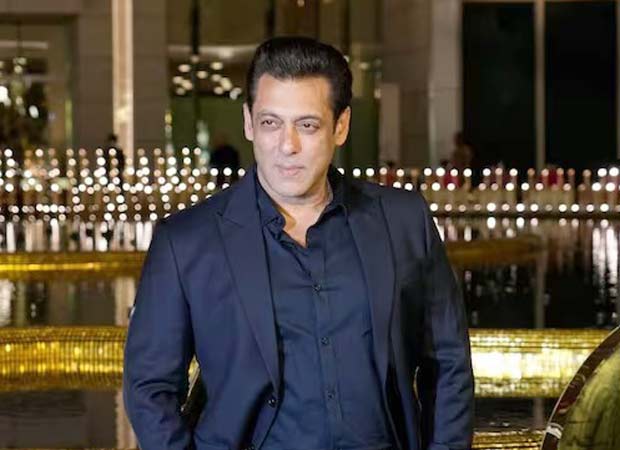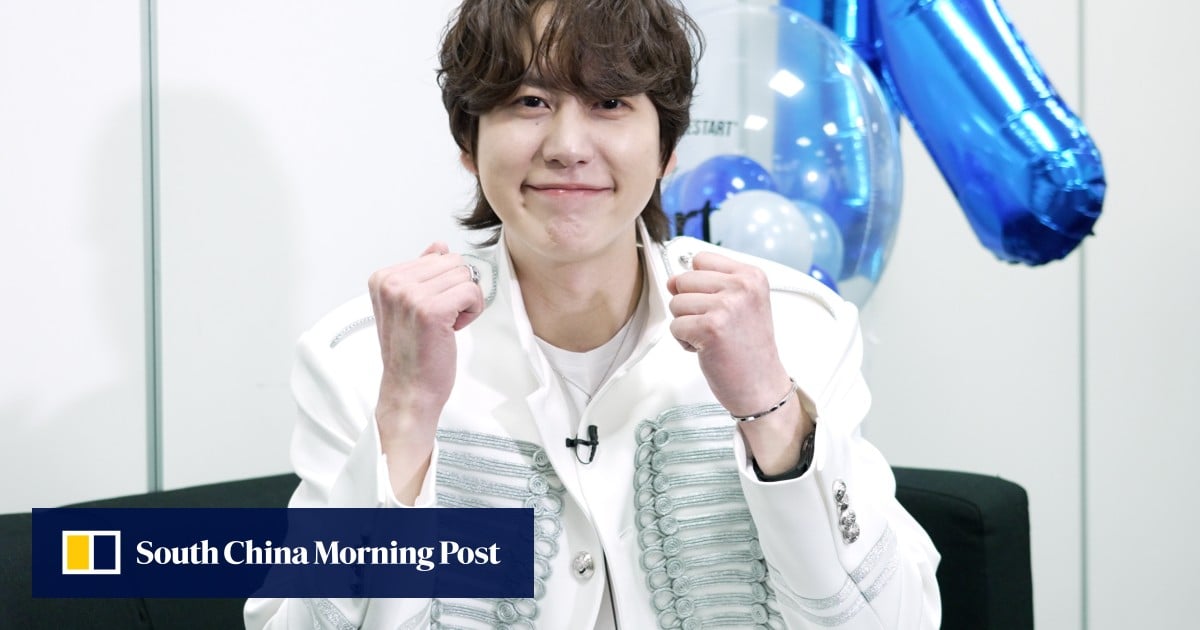The Prince of Persia series has been stuck in quicksand for a few years.
The original 1989 game by Jordan Mechner dazzled with its realistic (at the time) animation of a prince running and leaping across death traps. In 2003, The Sands of Time rebooted the series with widely loved action and attitude that sustained it for several sequels.
But the series has since stalled, overtaken by its spiritual successor Assassin’s Creed — and a major stumble in the terribly dull film adaptation starring Jake Gyllenhaal.
Now, Prince of Persia: The Lost Crown attempts to right the ship as the series’ first major release in 14 years, going back to the original’s two-dimensional run-and-jump roots and leaving the continuity of The Sands of Time in the dust.
That risk has paid off for Ubisoft Montpellier, the video game developer based in France. The Lost Crown is a stunning achievement of 2D action platforming, making it 2024’s first must-play video game — as long as you’re willing to take on its sometimes excruciating level of difficulty.
What the heck is a ‘Metroidvania’?
You play as Sargon, the youngest of a group of elite Persian warriors known as the Immortals. After a brief introduction, the kingdom’s prince Ghassan is kidnapped and taken to the citadel on Mount Qaf — home to an ancient civilization and the occasional bird god or two but which has more recently sat abandoned in ruin.
As you might have guessed, things don’t go smoothly. Sargon is a likable enough protagonist, but he finds himself beset by betrayals and muddled loyalties, and somewhere along the line, time itself may have broken — I’m not sure, really.
The narrative is barely coherent, but Ubisoft rightly understood that it’s only needed to do its job, which is to let the player loose on the sprawling map of Mount Qaf and its army of human and inhuman enemies.
WATCH | Prince of Persia: The Lost Crown trailer:
Taking cues from the 1989 original, The Lost Crown is a nonlinear action adventure game. Instead of running from the left to right and completing finite levels like Mario and friends, you’ll explore Mount Qaf, a gigantic map of interconnected levels filled with puzzles, fighting arenas and death traps.
The subgenre is known and loved by some gamers as Metroidvania, an inelegant portmanteau of Metroid and Castlevania, two series that established the blueprint in the 1980s and ’90s.
Often you’ll run into a spot where you’re obviously supposed to progress, only to be blocked by a locked door or a platform that you just can’t jump high enough to reach. It’s up to you to retrace your steps, find other paths and eventually find the tools or abilities that unlock the previous obstacles. Exploration is as important here as your acrobatics or fighting prowess.
Sargon can run, slide and leap great heights; he can grab onto most walls and slide down for added mobility, as well as wield twin swords with lethal efficiency to deal with enemies.
Over time you’ll gain powers like dashing ahead in the air or jumping a second time in the air — as well as other time-bending abilities granted by the favour of the Simurgh, the bird god residing on Mount Qaf.
Used correctly, you’ll feel like a master gymnast climbing and leaping around the world’s complex geometry, before parrying enemies’ attacks — eliciting a harsh clang and flash of light — before dispatching them with your own weapons.
It isn’t just smash-and-grab, though: Many areas have puzzle elements, requiring you to use your powers and ingenuity to get through.
Some rooms had me create multiple copies of Sargon, each walking along several paths to open doors for the other clone to reach a magical tablet at the end. Others forced me to figure out the precise sequence of jumps and dashes to avoid getting crushed by moving walls or gored by a floor full of spikes.

The clever and punishing world design is a double-edged sword, however. It can be easy to get frustrated, especially early on, when you’re weaker and haven’t found as many abilities.
Enemies will rush you in groups and can overwhelm a newcomer with lightning-quick attacks from every angle. Rooms full of death traps can and will thwart you many times in a row before many players get their heads around them. It’s old-school gaming at its core: You’ll get better with practice and more than a bit of memorization.
It’s here that The Lost Crown‘s go-anywhere, sprawling map rears its ugliest hydra head. If you’re exploring part of the map and realize you should be elsewhere, or you’re killed and thrown back to the last checkpoint, you may have a lot of backtracking to do.
More than once I have zoomed out, and out, and out to track where I’m supposed to go next and sighed in resignation over how far I’d have to trek again to search for the next unbeaten path.

Here, the game’s accessibility options offer some real relief. You can customize much of the game’s difficulty, from how easy it is to parry enemy attacks to even skipping more difficult traps entirely.
The best addition — one Metroidvania games should adopt shamelessly — is the ability to take a screenshot of an area and attach it to your map. If you’re unable to make it forward, it’s great to check and see why that is, so you only need to return once you know you have the right key or ability to move on.
It’s also unfortunate that much of the journey isn’t especially dazzling to look at. One late area — a thunderous storm at sea, but stuck in time — gives a glimpse at the visual treat the game’s fantastical setting could have served more often.
But more often than not, the levels look just OK, and nearly half the game is filled with dull prisons, caves and sewers. When you’re expected to run back and forth across a set multiple times, it should at least come with a little more visual flair.

The fresh prince of Mount Qaf
Prince of Persia: The Lost Crown takes some time to really get spinning — and it’s probably best suited for gamers unbothered by punishing challenges such as in Celeste or classic Castlevania games.
But it’s a resounding revival of the franchise and a great sign of things to come for the series, and gaming, in 2024.
Prince of Persia: The Lost Crown is available now for Nintendo Switch, Sony PlayStation, Microsoft Xbox and PC.







